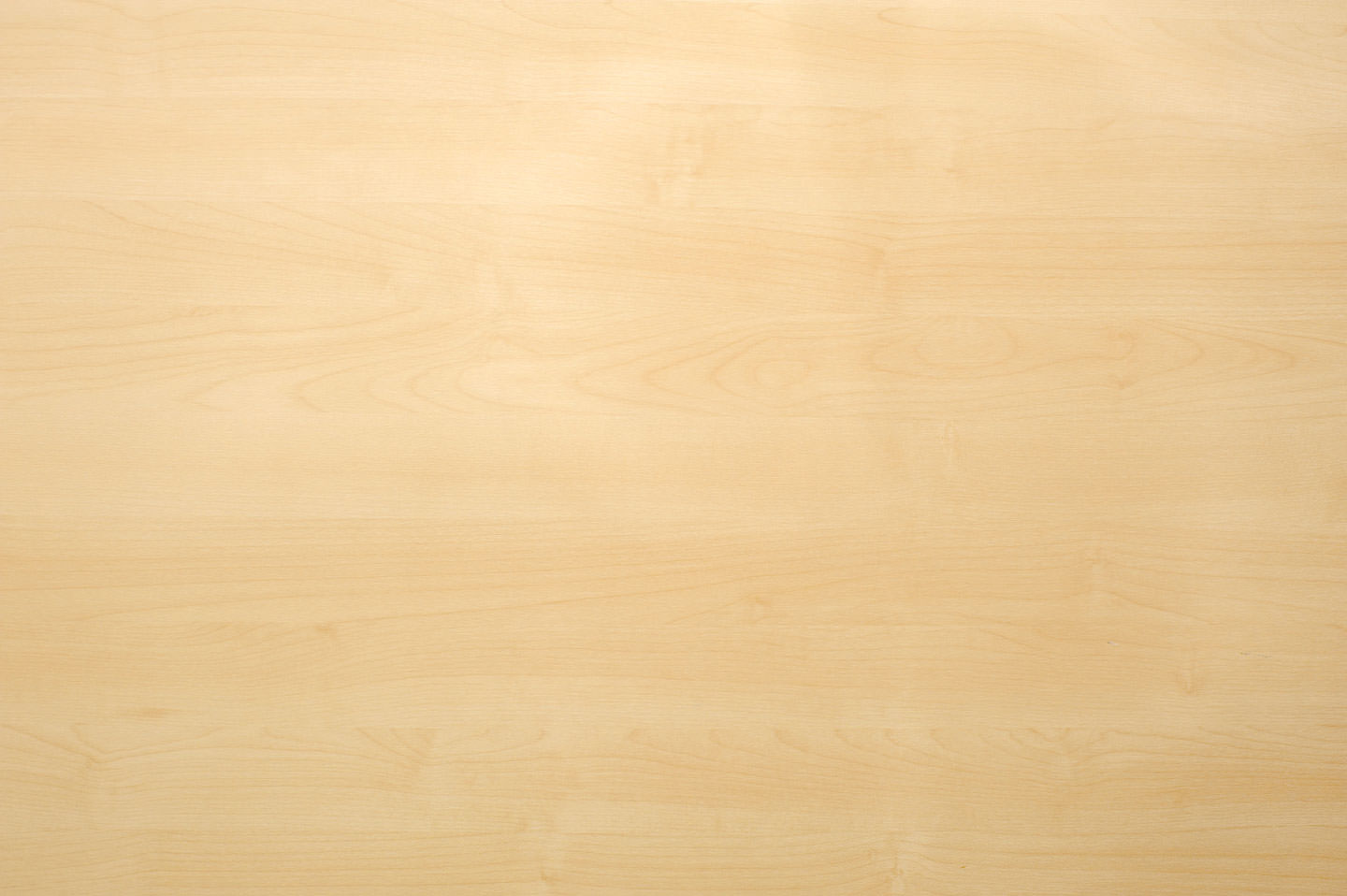

September - October 2018
73
boatingonthehudson.com
one of my Gelcoat and Fiberglass repair training classes this past Jan. He did
not realize I offer soda blasting until he took my class. Prior to coming to the
training class he had contracted a local blasting company that said they could
remove the bottom paint from his boat. What Jeff failed to do was to ask the
company what kind of media they were going to use to strip the paint off his hull.
The company unfortunately used one of the worst blasting media for bottom
paint removal…Glass Beads! What they should have used and what I use is
Sodium Bicarbonate. Sodium Bicarbonate as you can see on the Mohs Scale
of Hardness is rated at 2.5 far below aggressive and damaging Glass Abrasive
at level 6. The Glass Beads not only striped the bottom paint but it also striped
the gelcoat and tore away at the fiberglass laminate. A few years back I saw at
a marina a hull striped of bottom paint using Black Beauty which are little bits
of steel. That hull was a mess; the black beauty not only ripped and tore the
gelcoat and fiberglass but it also left black beauty everywhere on the boat; it
was in the window channels, bright work,creveses, etc. it was a real mess! The
owner was furious to say the least.
The condition of Dennis’s boat would have been better if it was left alone. His
boat now blasted and damage done Dennis asked me “what is the fix?”
Dennis emailed me photos and I saw all the damage the harsh abrasive
created. I advised him to tape off the water line using good quality fine line
tape and fair out all the damage. The fairing is going to be very time consuming
and expensive for the type of fairing needed below the water line. After fairing
he needs to sand the entire hull below the tape with 80 grit sand paper. It will
assure good paint adhesion. You do not want to see any shiny areas on the hull.
If the paint is applied to shiny areas it will eventually flake and peel. Next wipe
down the sanded area with a wipe down solvent wash. Apply the Epoxy Barrier
paint following all the manufacturers’ instructions carefully. After application of
the barrier, apply the proper bottom paint if desired. Choose your bottom paint
based on water type boat will be in.
Bottom or anti-fouling paint slows the growth of algae, critters, barnacles, etc
thus producing better speed and boat performance. It’s important to know that
bottom paint alone will not protect the hull from water absorption exposing it to
potential osmotic blistering.
Soda Blasting is an eco-friendly, FDA approved paint remover!
Soda blasting with its low abrasiveness was used to restore the soft copper on
the Statue of Liberty during its restoration in 1982. The copper skin is only 3/32
of an inch thick; it was essential to use the least abrasive material to strip the six
coats of paint and layers of coal tar on its interior.
Soda blasting is a safe paint stripping and cleaning process that uses
bicarbonate -of- soda media delivered by means of compressed air through a
specially designed pressurized blasting pot system onto the area to be cleaned.
It removes paint and contaminate without harming the underlying surface.
This is how the process of soda blasting works. Soda blast particles remove
surface contaminate by the energy released as the particles explode when
pressure driven into contact with the contaminate surface. The resulting
release of energy disrupts the contaminate surface thus leaving the substrate
unaffected! No heat no sparks!
Blast material is baking soda and, yes; you can make biscuits with it! It is
an environmentally safe, non-toxic, non-hazardous food grade material that is
100% water soluble. The size of the soda particles are larger than those you
have in your baking soda box at home.
It is an excellent paint stripping method for fiberglass boat hulls and can also
be used to strip engine parts, brick, concrete, hardwood, surface rust, paint
and rust from cars, stains, airplane parts, graffiti, fire restoration, degreaser for
kitchen and mechanical components and more.
Reasons why you may want to strip the paint off a hull:
1)
To remove an excessive amount of bottom paint and prep for a new
application. How much do you think 20 coats of bottom paint weighs?
2)
If the paint is peeling and falling off because of poor adhesion, then all of
the paint needs to be removed. The hull can be properly prepped for new barrier
coat and bottom paint. A shiny hull with peeling paint has no protection from
water absorption that can cause osmotic blistering, a.k.a boat pox.
3)
If there are numerous repairs that need to be done; e.g. blistering, cracks, etc.
4)
To permanently remove for improved appearance and hull performance for
boats that are not kept in the water all season - how many irregular and ugly
surfaced hulls have you seen?
5)
If you are looking to buy a boat, keep in mind bottom paint can hide a lot
of unseen problems.
Why use soda to strip bottom paint when
other blasting medias are available?
To strip a soft surface properly a soft blasting media should be used. Think of
throwing snow balls at your hull verses stones! There is a tool for every job and
most blasting media should not be used on fiberglass hulls.
Here are some examples: sand blasting strips rust and paint from steel. It is
too hard to use as a striping media on fiberglass. It will remove barrier coat,
gelcoat and the underlying fiberglass laminate. Black beauty, a.k.a. coal slag
is sharp, dirty and one of the poorest choices of bottom paint stripping media.
It will remove paint and rust from steel but it is much too hard and one of the
worst blasting medias to use on fiberglass. It like sand will remove much more
than just the paint. It will damage chrome, aluminum rub rails, bearings, sliding
windows, glass, etc. The residue from black beauty can stain gelcoat. Unlike
soda blasting, sand and black beauty remove coatings by wearing them away.
It is helpful to have a knowledgeable, experienced fiberglass repairer soda
blast the hull because even soda blasting is mildly abrasive and should be done
correctly. In addition, care must be taken to protect all areas of the boat not
being soda blasted. Soda by itself will not stain or harm gelcoat; but when it is
mixed with the bottom paint being removed it can stain. A tent is created around
the hull to protect the boat being blasted, the ground and the surrounding area.
A professional gelcoat and fiberglass repairer can inspect and evaluate the
condition of the hull during and after the blasting procedure and recommend the
proper repairs and surface coatings.
Applying epoxy barrier coat on the bottom of your hull is like buying insurance
especially and most importantly if you keep your boat in the water all season.
Barrier coat is like the name implies. It acts like a wall, blockade and
impediment to water. Epoxy barrier coats are impermeable to water absorption
unlike polyesters which will absorb water. Epoxy barrier paint can be cleaned
with a pressure washer and or acid wash at the end of the season. You do not
have to apply sealer glaze reducing maintenance.
The gelcoat on your boat is made of polyester. Epoxy barrier acts like a primer
for bottom paint. Barrier coat is more important than bottom paint and can be
purchased for less than bottom paint depending on the manufacturer and type
of bottom paint chosen.
• Epoxy Barrier applied properly is the best protection for a hull.
• Epoxy Barrier properly applied cannot be removed with soda blasting which
is good!
• Epoxy barrier paint can be cleaned with a pressure washer and/or acid wash
at the end of the season. You do not have to apply sealer glaze. Maintenance
is reduced!
• Hull blisters maybe be avoided if the hull is properly maintained.
• Once you acquire blistering it’s after the fact.
• All you can fix is the blisters you see… others maybe developing.
Do preventive medicine whether your boat is new or
old before any osmotic blisters develop!

















